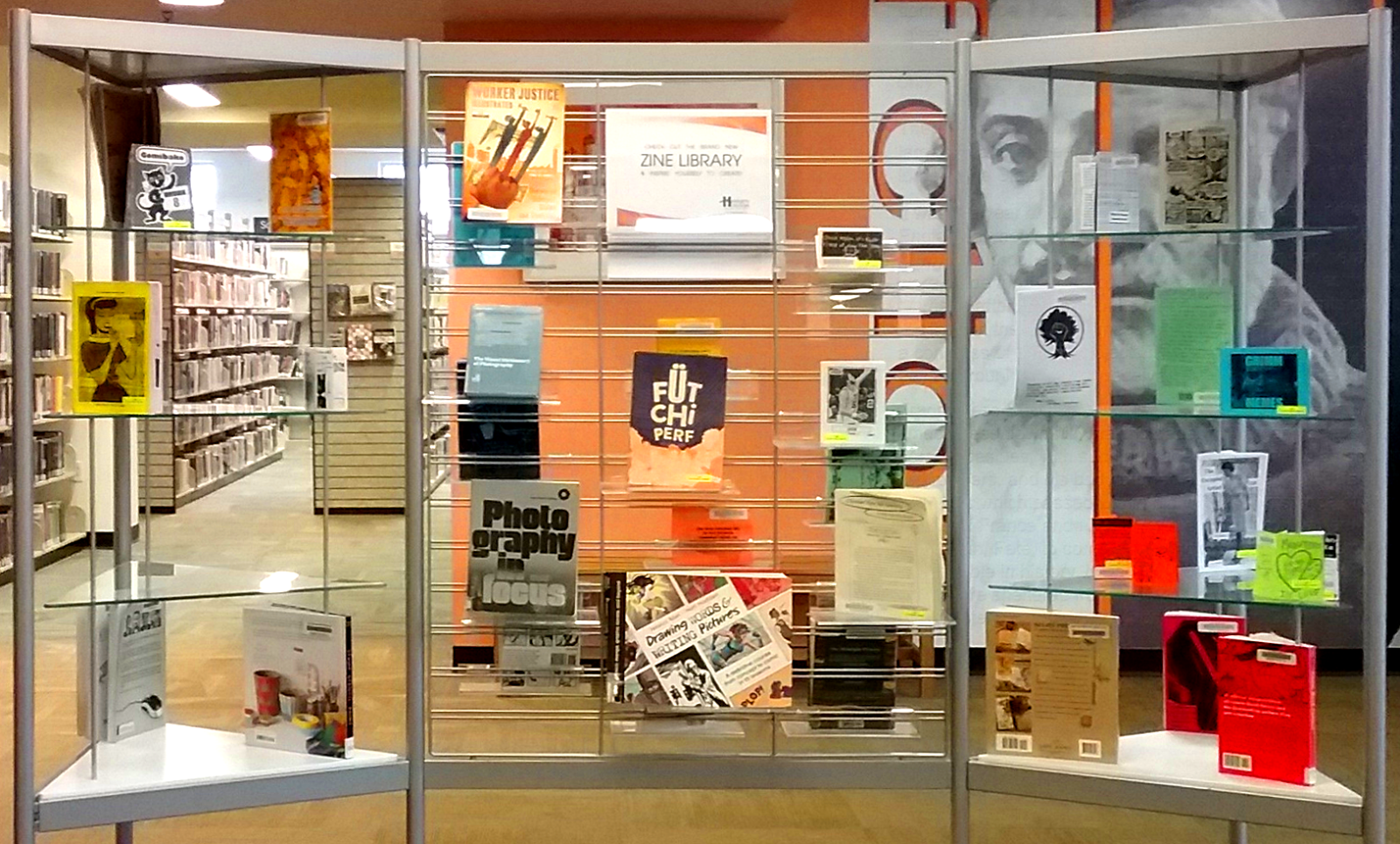Sent to you by Jack via Google Reader:
Range: Mature
Genre: Comedy/Music
Price: 12.99 USD
Though it isn't much of a confession, sometimes I am surprised at how many people assume I read a lot of manga in Japanese. Because I spend most of my days (and nights) translating works into English, it is (I hope) understandably hard for me to spend my free time reading manga in Japanese. As a reader of Japanese let me say we are so lucky to live in an era where the talent translating manga into English is second to none (present company excluded). Actually more important than that is the way the fans have convinced the publishers to give the most authentic retelling of their newly beloved series. It wasn't so many years ago when stories were simplified, for lack of a better word, to be understandable to native-English speaking audiences. What that means is that instead of talking about the "Hamburg steak" a character had for lunch, she would talk about a cheeseburger. The fans got more savvy to Japanese culture, however, and the publishers followed suit. Translators rejoiced and editors had to start learning about Japan.
Fast-forward to 2006 when during a trip to Japan I saw a giant manga display, but not at a bookstore or manga shop, but at the new Tower Records in Umeda, Osaka. The display was for Detroit Metal City, and although only two volumes had been released at the time it included a life-sized stand-up of main character Krauser II and tour t-shirts as if D.M.C. was an actual metal band.
Fakery of this kind is the underlying theme of Detroit Metal City, and what appears as a simple story of a grotesque death metal band actual fakes the reader out more than once. As a warning SPOILERS will follow.
The title band, D.M.C. is a death metal band of the most disgusting kind. The three members are disguised in masks or make-up so their true identities are not known, but their obsessive fans actually believe their very 80s era metalesque back stories of murder, prison, jaunts to Hell, etc. What is grotesque most of all is not their on-stage antics (though those are pretty bad), but the lyrics to their songs. More than a few songs are sung through this first volume and they would be vomit-inducing if they weren't so over-the-top outrageous. But more on that later.
Our first reveal of the book is that Krauser II, the blonde-haired lead singer and guitarist of D.M.C. is really a 23 year old virgin by the name of Soichi Negishi. The complete opposite of his on-stage persona, Soichi is into romantic Swedish pop music, not death metal. Soichi is a softie at heart, and near the beginning of the story runs into an old crush, Aikawa, who is now a writer for a music magazine. However, she was always inspired by Soichi's beautiful original acoustic songs in college, and still regards him as a personal musical hero. Soichi so wants to be a part of that world, but it is impossible as the lead singer of the rising D.M.C., the opposite of what he wants to be. Or is it? Dum-dum-de-DUM!
This sort of "hidden identity" theme isn't uncommon, or should I say, is all too common in manga. But Detroit Metal City is different than any manga you have read, and for this reader, very satisfying in this respect. Although Soichi cannot admit that he is Krauser II to Aikawa, he also has trouble admitting he is Krauser II to himself. When Soichi's heart gets pumping or he is nervous, his alter-ego, Krauser tends to show up, and the results are sometimes positive, sometimes negative, but always funny.
And back to that humor... Detroit Metal City is raw and is the The Departed or Goodfellas of profanity in a manga. Beyond that, sometimes the imagry and often the lyrics and dialog is just plain raw. Anyone with any familiarity with death metal will know this sort of thing is par for the course and it is thankful that the well-translated humor of Detroit Metal City gives another layer of separation to the attempts of the band to out-gross rival bands and older songs. There is a great chapter near the end where D.M.C. shares the stage with the reigning king of American death metal. This involves snakes, bulls, girls, and admittedly threats of rape. Which leads me to one sticking point...
I ask myself, why does D.M.C. pass on the "rape" thing when I criticized Gakuen Prince for doing the same thing? Well, it isn't the same thing. The authenticity and humor of D.M.C. comes from the decidedly non-metal Soichi trying to find the best ways to disgust, and therefore stimulate his audience (through the prodding of his very foul-mouthed female manager). Severed limbs, devils, eyeballs, blood are combined with rape fantasies that are so extreme they can be hardly taken seriously, where in Gakuen Prince, we are supposed to find humor in the act of rape itself simply because it is girls attacking boys.
Detroit Metal City is for mature readers with juvenile ideas about what is funny. When I read D.M.C. in Japanese my first reaction was "this is hilarious," and my second reaction was "how in the world could this ever be brought to English?" I am happy Anne Ishii and Viz were able to answer that question perfectly and disgustingly.
Things you can do from here:
- Subscribe to Comics Village Reviews using Google Reader
- Get started using Google Reader to easily keep up with all your favorite sites





No comments:
Post a Comment